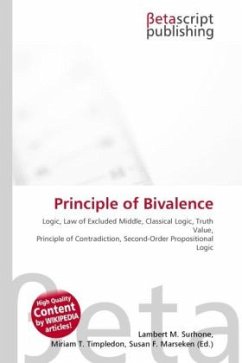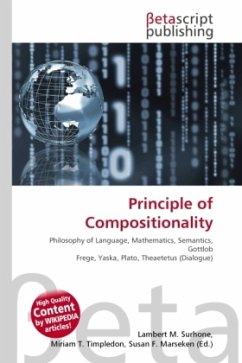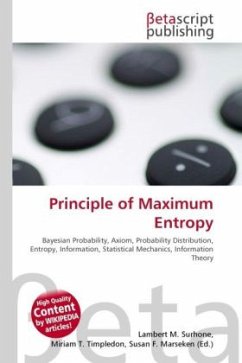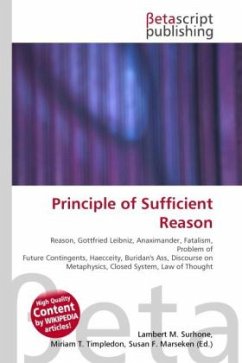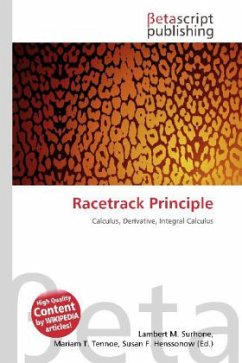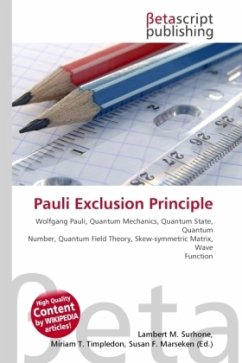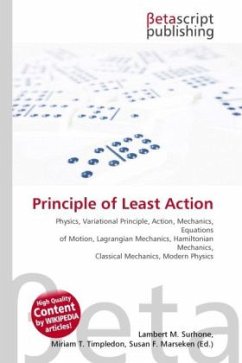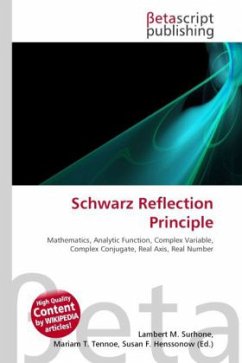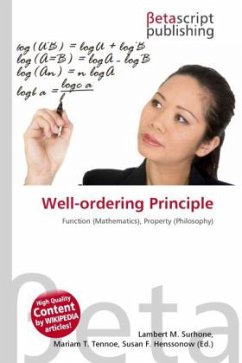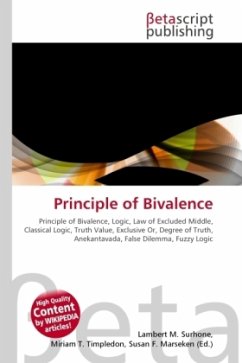
Principle of Bivalence
Versandkostenfrei!
Versandfertig in 6-10 Tagen
26,99 €
inkl. MwSt.

PAYBACK Punkte
13 °P sammeln!
High Quality Content by WIKIPEDIA articles! In logic, the semantic principle of bivalence states that every proposition is either true or false. The dual semantic principle, the principle of contravalence, states that no proposition is both true and false. The principle of bivalence is related to the excluded middle though the latter is a syntactic expression of the language of a logic of the form "P or P". The difference between the principle and the law is important because there are logics which validate the law but which do not validate the principle, and vice versa. For example, the "Logi...
High Quality Content by WIKIPEDIA articles! In logic, the semantic principle of bivalence states that every proposition is either true or false. The dual semantic principle, the principle of contravalence, states that no proposition is both true and false. The principle of bivalence is related to the excluded middle though the latter is a syntactic expression of the language of a logic of the form "P or P". The difference between the principle and the law is important because there are logics which validate the law but which do not validate the principle, and vice versa. For example, the "Logic of Paradox" of Graham Priest validates the law of excluded middle though its intended semantics is not bivalent. The intended semantics of classical logic is bivalent, but this is not true of every semantics for classical logic. Classical logic may be characterized by the class of boolean algebras and many-valued matrices in which propositions may take one of more than two truth values. The two-valued semantics has a special status, however, besides being the intended one. E.g. every finite boolean algebra is isomorphic to a power of the two-valued boolean algebra.



